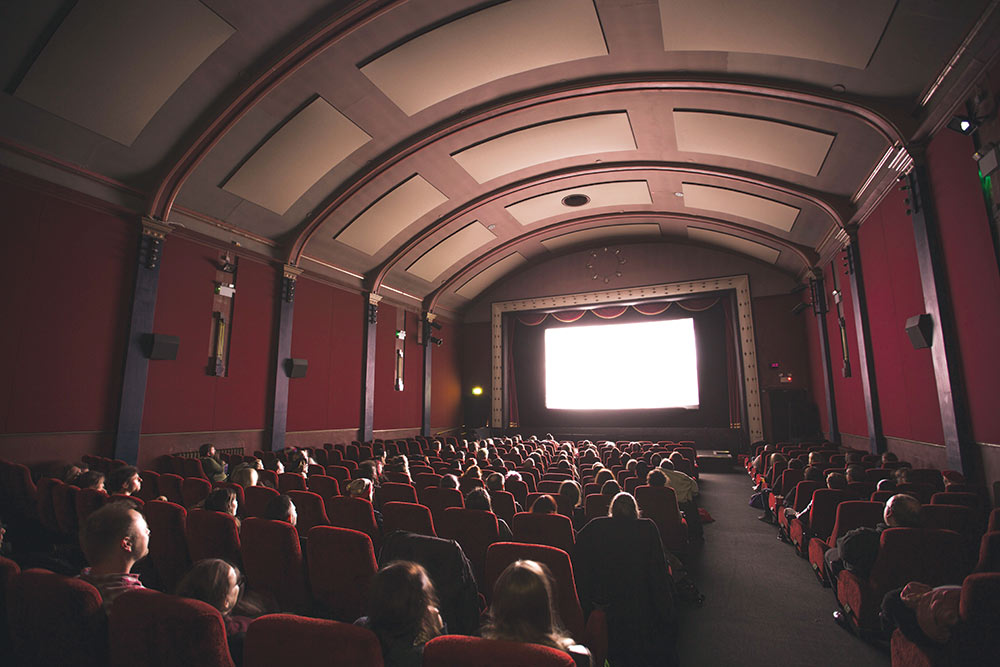Netflix fatigue. It’s practically a pandemic itself. The remedy? A shot of real-life cinema—square in the eye—coming soon to a theater near you. Someday. Maybe. Not.
Back in April, the Los Angeles Times reported, “Theater owners have increasingly begun to float the possibility of reopening sometime in July, in the middle of what would normally be Hollywood’s key summer blockbuster movie season.” On Monday, Gov. Newsom made it clear that theaters would not be opening any time soon—and so go the best-laid plans of Mickey Mouse and men.
Were it not for the recent surge (wear your masks, people!), cinemas could have seen their re-opening “under strict physical distancing protocols,” according to a proposed “Phase One” plan. Frankly, even when that was a possibility, at present writing the prospect of sharing a room full of recirculated air with hundreds of strangers seems so passé. And, you know, suicidal.
I shouldn’t quibble about theater air quality—in the ’80s, I used to work at a theater that still had a smoking section. But even if one takes precautions (like forgoing popcorn to wear an N95 mask), it’s difficult to imagine losing oneself in a film when every cleared throat could be a cornucopia of contagion.
And I love movie theaters; they’ve been good to me and I want them to survive. Besides some kind of quantum reset to get us back on a pre-pandemic timeline (and eliminate Trump and systemic racism in the process), I suppose all we can do is get healthy, which is a group sport (and not everyone is playing).
Until then, I’ll stay home and experiment. Browser extensions like Netflix Party or Amazon Prime’s new “Watch Party” button are possible pathways to a shared cinematic experience. We successfully ported Happy Hour to Zoom, so why not movies? Last night I laid out $12 to stream Beyond The Visible: Hilma Af Klint, about the under-appreciated inventor of abstract expressionism. At least part of the ticket fee went to the Berkeley Art Museum/Pacific Film Archives (BAMPFA) via a digital daisy chain that included Roku, KinoNow on my mobile phone, and the microchip in my head. It was worth the hassle—and the dough—because cinema is still important. Movies are still big, it’s just, to borrow a line from Gloria Swanson, “the pictures that got small.”








